A Three-Dimensional Resonant Triggering Probe for Micro-CMM
Abstract
:1. Introduction
2. Dynamic Contact Models and Simulation
2.1. Mechanical Models
2.2. Microforces and Mathematical Simulation
3. Experiments on the 3D Quartz Tuning-Fork Probe
3.1. Probe System
3.2. 3D Trigger Positioning System
3.3. Experimental Results
4. Summary
Acknowledgments
Author Contributions
Conflicts of Interest
References
- Peggs, G.N.; Lewis, A.J.; Oldfield, S. Design for a compact high-accuracy CMM. CIRP Ann. 1999, 48, 417–420. [Google Scholar] [CrossRef]
- Meli, F.; Fracheboud, M.; Bottinelli, S.; Bieri, M.; Thalmann, R.; Breguet, J.M.; Clavel, R. High precision, low force 3D touch probe for measurements on small objects. In Proceedings of the EUSPEN, International Topical Conference, Aachen, Germany, 19–20 May 2003. [Google Scholar]
- Küng, A.; Meli, F.; Thalmann, R. Ultraprecision micro-CMM using a low force 3D touch probe. Meas. Sci. Technol. 2005, 18, 319–327. [Google Scholar] [CrossRef]
- Haitjema, H.; Pril, W.O.; Schellekens, P.H.J. Development of a silicon-based nanoprobe system for 3-D measurements. CIRP Ann. 2001, 50, 365–368. [Google Scholar] [CrossRef]
- Pril, W.O. Development of High Precision Mechanical Probes for Coordinate Measuring Machines. Ph.D. Thesis, Technische Universiteit Eindhoven, Eindhoven, The Netherlands, 2002. [Google Scholar]
- Brand, U.; Kleine-Besten, T.; Schwenke, H. Development of a special CMM for dimensional metrology on microsystem components. In Proceedings of the Annual, Meeting of the ASPE, Scottsdale, AZ, USA, 22–27 October 2000; pp. 542–546. [Google Scholar]
- Tutsch, R.; Andräs, M.; Neuschaefer-Rube, U.; Petz, M. Three dimensional tactile-optical probing for the measurement of microparts. Proceedings the SENSOR, Nurnberg, Germany, 26 May 2009; Volume 2, pp. 139–144. [Google Scholar]
- Petz, M.; Tutsch, R.; Christoph, R.; Andraes, M.; Hopp, B. Tactile–optical probes for three-dimensional microparts. Measurement 2012, 45, 2288–2298. [Google Scholar] [CrossRef]
- Cui, J.W.; Li, J.Y.; Feng, K.P.; Tan, J.B.; Zhang, J. A 3D fiber probe based on orthogonal micro focal-length collimation and fiber Bragg grating. Meas. Sci. Technol. 2016, 27, 07405. [Google Scholar] [CrossRef]
- Feng, K.P.; Cui, J.W.; Zhao, S.Y.; Li, J.Y.; Tan, J.B. A twin FBG probe and integration with a micro-hole-measuring machine for the measurement of micro holes of high aspect ratios. IEEE-ASME Trans. Mech. 2016, 21, 1242–1251. [Google Scholar] [CrossRef]
- Li, R.J.; Xiang, M.; He, Y.X.; Fan, K.C.; Cheng, Z.Y.; Huang, Q.X.; Zhou, B. Development of a high-precision touch-trigger probe using a single sensor. Appl. Sci. 2016, 6, 86. [Google Scholar] [CrossRef]
- Li, R.J.; Fan, K.C.; Huang, Q.X.; Zhou, H.; Gong, E.M.; Xiang, M. A long-stroke 3D contact scanning probe for micro/nano coordinate measuring machine. Prec. Eng. 2016, 43, 220–229. [Google Scholar] [CrossRef]
- Huang, Q.X.; Wu, K.; Wang, C.C.; Li, R.J.; Fan, K.C.; Fei, Y. Development of an abbe error free micro coordinate measuring machine. Appl. Sci. 2016, 6, 97. [Google Scholar] [CrossRef]
- Thomas, R.K.; Thom, J.H. Metrology, sensors and control. In Micromanufacturing, 1st ed.; Ehmann, K.F., Bourell, D., Eds.; Springer: Dordrecht, The Netherlands, 2007; pp. 89–109. [Google Scholar]
- Takaya, Y.; Imai, K.; Ha, T.; Miyoshi, T. Vibrational probing technique for the Nano-CMM based on optical radiation pressure control. CIRP Ann.-Manuf. Technol. 2010, 53, 421–424. [Google Scholar] [CrossRef]
- Michihata, M.; Nagasaka, Y.; Hayashi, T.; Takaya, Y. Probing technique using circular motion of a microsphere controlled by optical pressure for a nanocoordinate measuring machine. Appl. Opt. 2009, 48, 198–205. [Google Scholar] [CrossRef] [PubMed]
- Michihata, M.; Hayashi, T.; Nakai, D.; Takaya, Y. Microdisplacement sensor using an optically trapped microprobe based on the interference scale. Rev. Sci. Instrum. 2010, 81, 015107. [Google Scholar] [CrossRef] [PubMed]
- Tan, J.B.; Cui, J.N. Ultraprecision 3D probing system based on spherical capacitive plate. Sens. Actuators A Phys. 2010, 159, 1–6. [Google Scholar] [CrossRef]
- Claverley, J.D.; Leach, R.K. A vibrating micro-scale CMM probe for measuring high aspect ratio structures. Microsyst. Technol. 2010, 16, 1507–1512. [Google Scholar] [CrossRef]
- Claverley, J.D.; Leach, R.K. Development of a three-dimensional vibrating tactile probe for miniature CMMs. Precis. Eng. 2013, 37, 491–499. [Google Scholar] [CrossRef]
- Alblalaihid, K.; Kinnell, P.; Lawes, S.; Desgaches, D.; Leach, R. Performance assessment of a new variable stiffness probing system for Micro-CMMs. Sensors 2016, 16, 492. [Google Scholar] [CrossRef] [PubMed]
- Hidaka, K.; Saito, A.; Koga, S. Study of a micro-roughness probe with ultrasonic sensor. CIRP Ann.-Manuf. Technol. 2008, 57, 489–492. [Google Scholar] [CrossRef]
- Goj, B.; Dressler, L.; Hoffmann, M. Semi-contact measurements of three-dimensional surfaces utilizing a resonant uniaxial microprobe. Meas. Sci. Technol. 2014, 25, 064012. [Google Scholar] [CrossRef]
- Ito, S.; Kodama, I.; Gao, W. Development of a probing system for a micro-coordinate measuring machine by utilizing shear-force detections. Meas. Sci. Technol. 2014, 25, 064011. [Google Scholar] [CrossRef]
- Ito, S.; Kikuchi, H.; Chen, Y.; Shimizu, Y.; Gao, W.; Takahashi, K.; Kanayama, T.; Arakawa, K.; Hayashi, A. A micro-coordinate measurement machine (CMM) for large-scale dimensional measurement of micro-slits. Appl. Sci. 2016, 6, 156. [Google Scholar] [CrossRef]
- Giessibl, F.J. Advances in atomic force microscopy. Rev. Mod. Phys. 2003, 75, 949–983. [Google Scholar] [CrossRef]
- Giessibl, F.J. High-speed force sensor for force microscopy and profilometry utilizing a quartz tuning fork. Appl. Phys. Lett. 1998, 73, 3956–3958. [Google Scholar] [CrossRef]
- Tyrrell, J.W.G.; Sokolov, D.V.; Danzebrink, H.U. Development of a scanning probe microscope compact sensor head featuring a diamond probe mounted on a quartz tuning fork. Meas. Sci. Technol. 2003, 14, 2139–2143. [Google Scholar] [CrossRef]
- Murakami, H.; Katsuki, A.; Sajima, T.; Fukuda, M. Reduction of liquid bridge force for 3D microstructure measurements. Appl. Sci. 2016, 6, 153. [Google Scholar] [CrossRef]
- Yu, H.J.; Huang, Q.X.; Li, Z.B.; Wang, M.C.; Wei, J.P. Dynamic analysis of mechanical model for three-dimensional resonant trigger probe and experiment. In Proceedings of the SPIE, Chengdu, China, 31 January 2013. [Google Scholar]
- García, R.; Paulo, A.S. Attractive and repulsive tip-sample interaction regimes in tapping-mode atomic force microscopy. Phys. Rev. B 1999, 60, 4961–4967. [Google Scholar] [CrossRef]
- Moreno-Herrero, F.; Depablo, P.J.; Colchero, J.; Gómez-Herrero, J.; Baró, A.M. The role of shear forces in scanning force microscopy: a comparison between the jumping mode and tapping mode. Surf. Sci. 2000, 453, 152–158. [Google Scholar] [CrossRef]
- Zhou, X.W.; Fang, Y.C. A virtual tapping-mode Atomic force microscope. In Proceedings of the International Conference on Nano/Micro Engineered and Molecular Systems, Zhuhai, China, 18–21 January 2006; pp. 501–504. [Google Scholar]
- Zwörner, O.; Hölscher, H.; Schwarz, U.D.; Wiesendanger, R. The velocity dependence of frictional forces in point-contact friction. Appl. Phys. A Mater. Sci. Process. 1998, 66 (Suppl. 1), 263–267. [Google Scholar] [CrossRef]
- Wen, S.Z. Nano Tribology; Tsinghua University Press: Beijing, China, 1998. [Google Scholar]
- Hild, W.; Ahmed, I.U.; Hungenbach, G.; Scherge, M.; Schaefer, J.A. Microtribological properties of silicon and silicon coated with self-assembled monolayers: Effect of applied load and sliding velocity. Tribol. Lett. 2007, 25, 1–7. [Google Scholar] [CrossRef]
- Tian, W.C.; Jia, J.Y. Amelioration of the Haymaker homogeneous material hypothesis. Acta Phys. Sin. 2003, 52, 1061–1065. [Google Scholar]
- Butt, H.J.; Kappl, M. Normal capillary forces. Adv. Colloid Interface Sci. 2009, 146, 48–60. [Google Scholar] [CrossRef] [PubMed]
- Ctistis, G.; Frater, E.H.; Huisman, S.R.; Korterik, J.P.; Herek, J.L.; Vos, W.L.; Pinkse, P.W.H. Controlling the quality factor of a tuning-fork resonance between 9 and 300 K for scanning-probe microscopy. J. Phys. D Appl. Phys. 2011, 44, 375502. [Google Scholar] [CrossRef]
- Yu, H.J.; Huang, Q.X.; Zhao, J. Fabrication of an optical fiber micro-sphere with a diameter of several tens of micrometers. Materials 2014, 7, 4878–4895. [Google Scholar] [CrossRef]
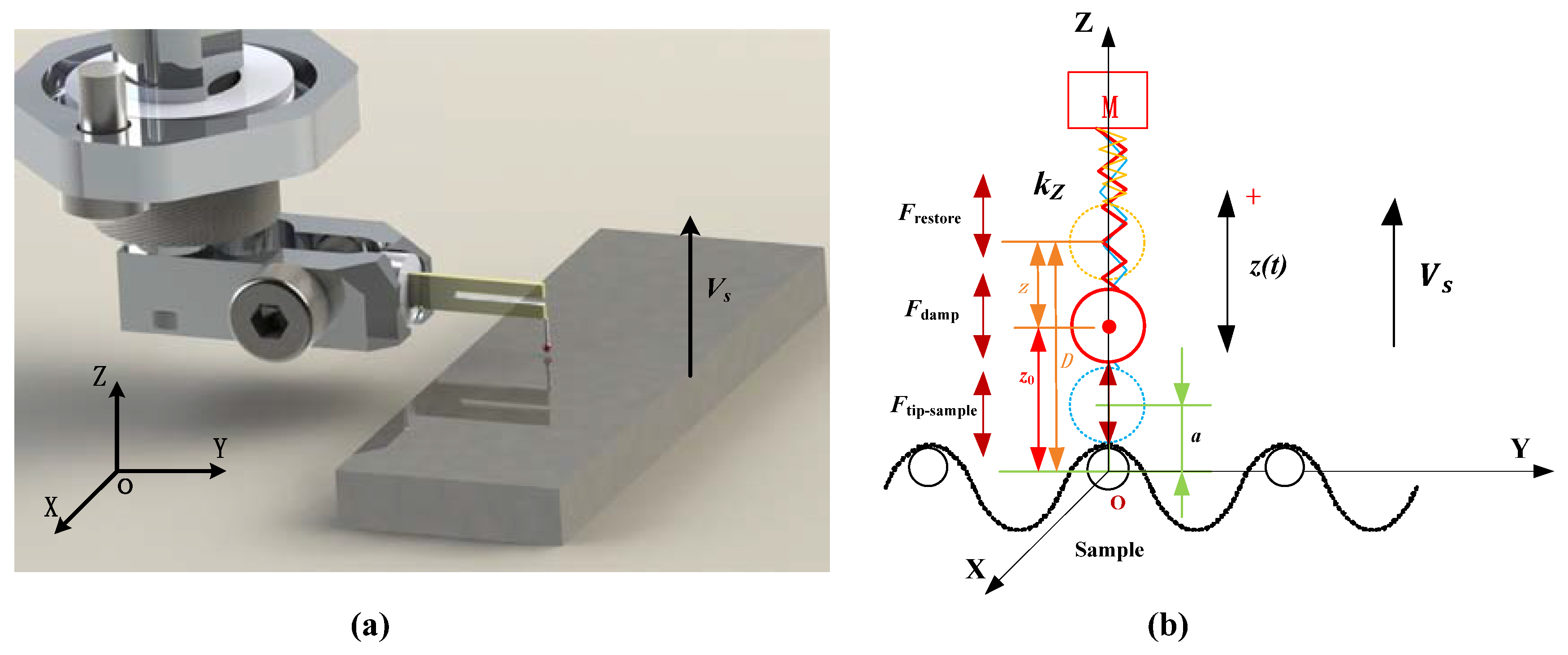
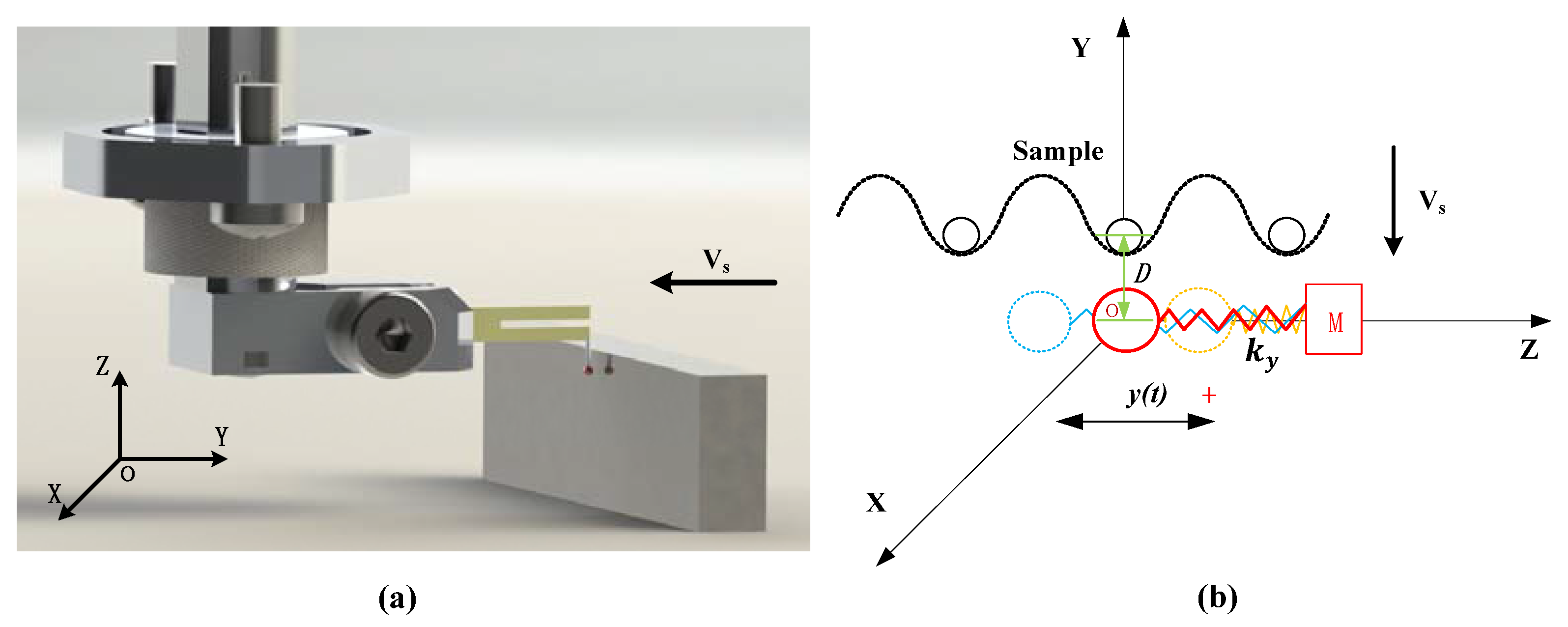

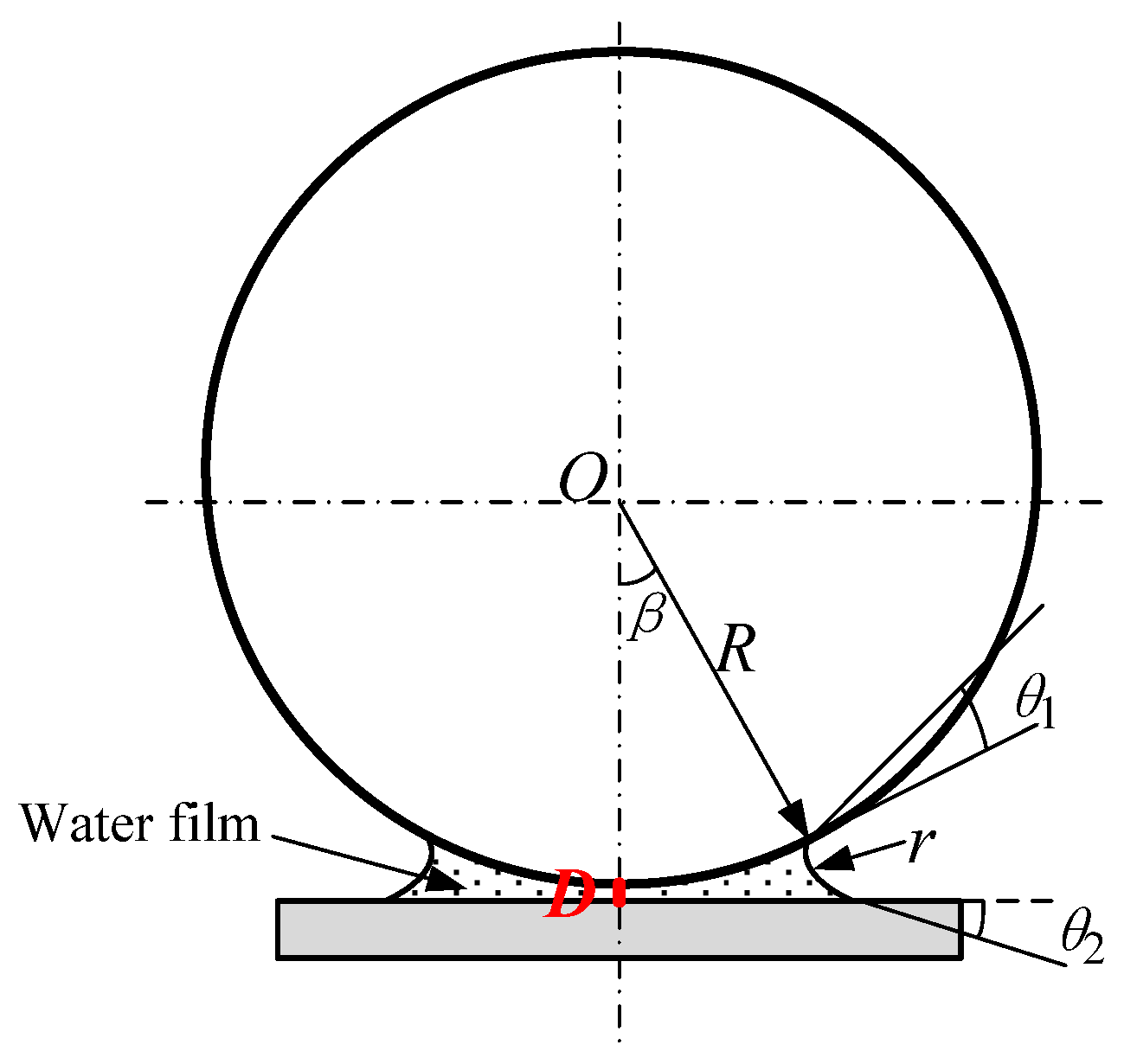
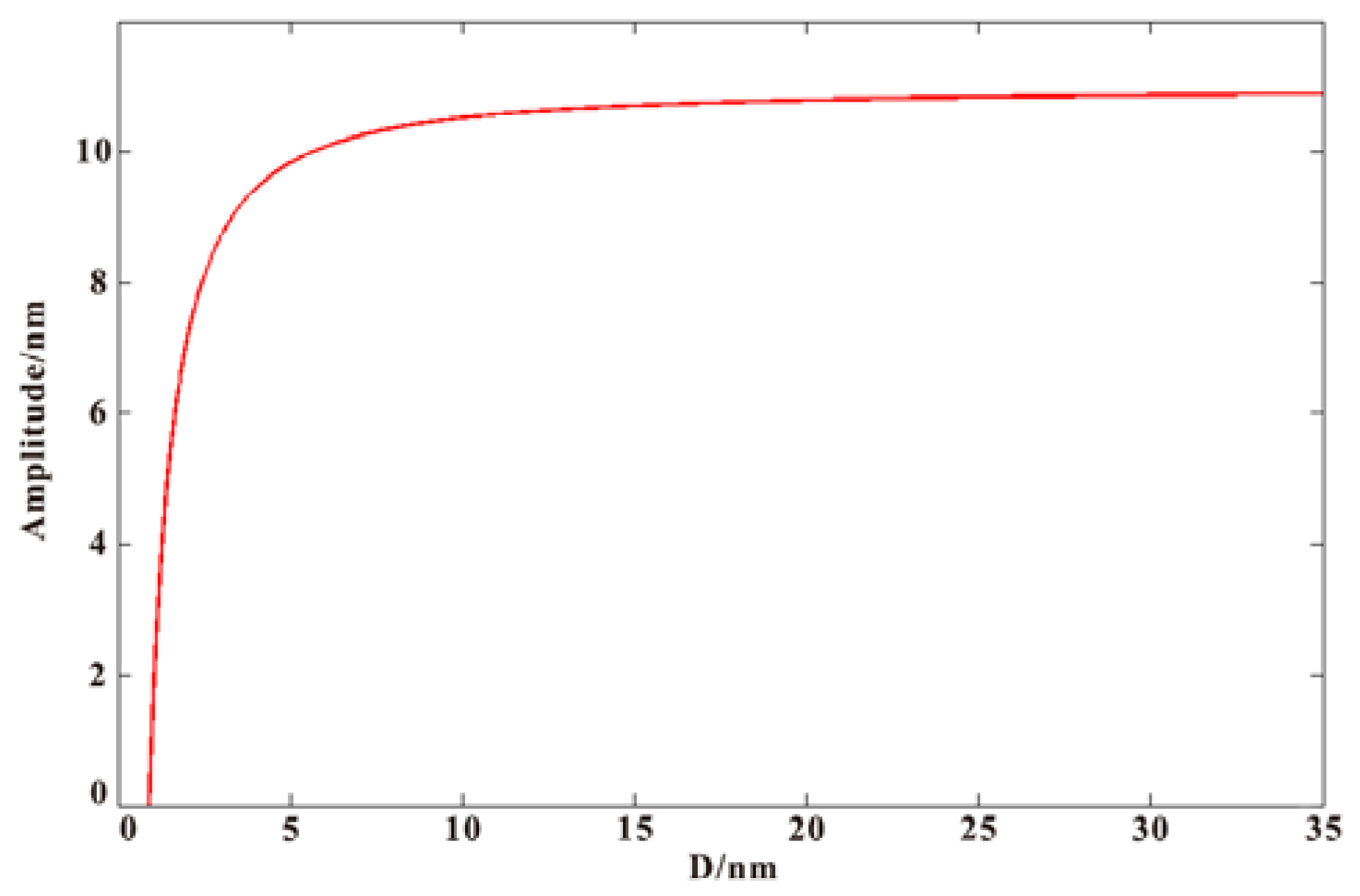
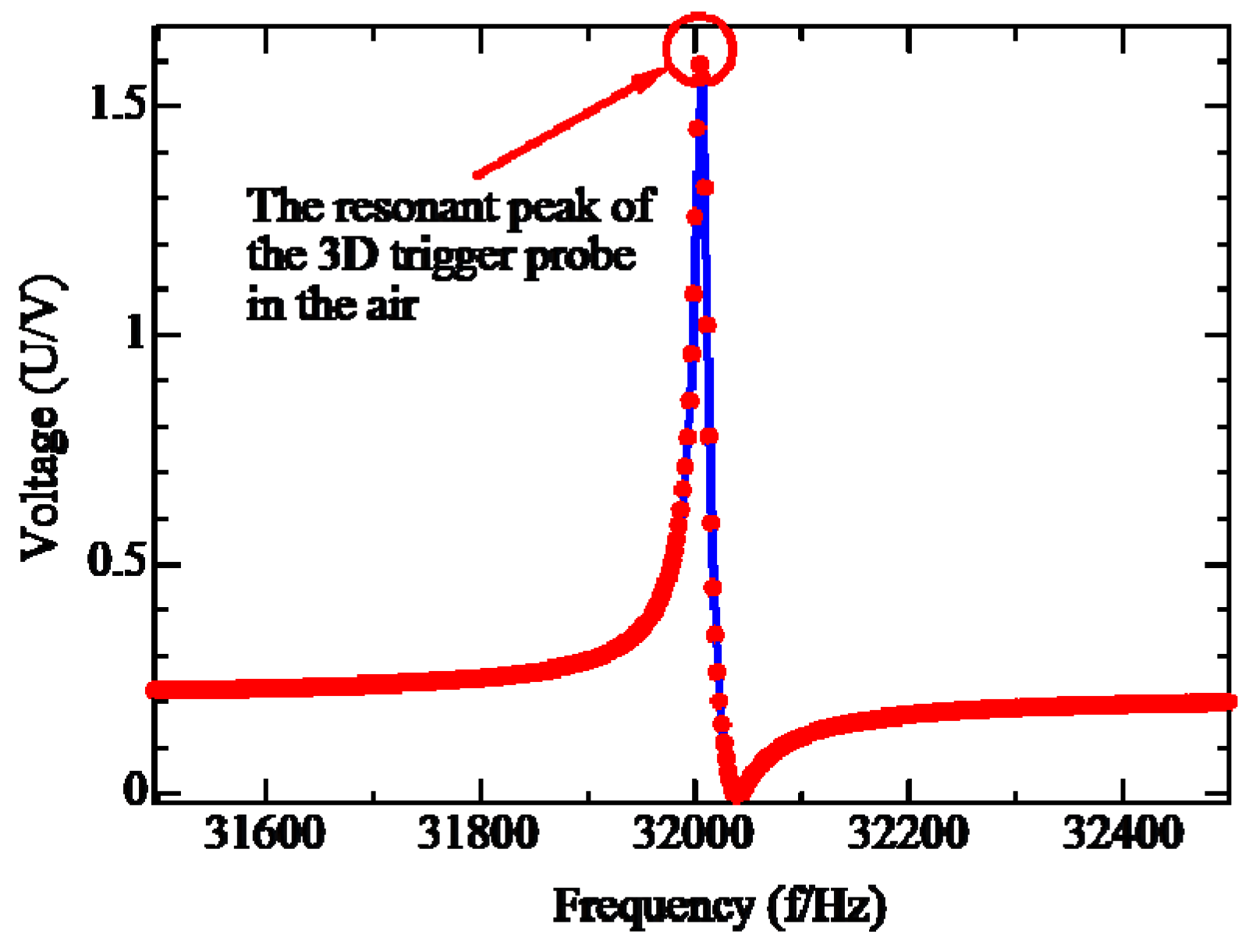
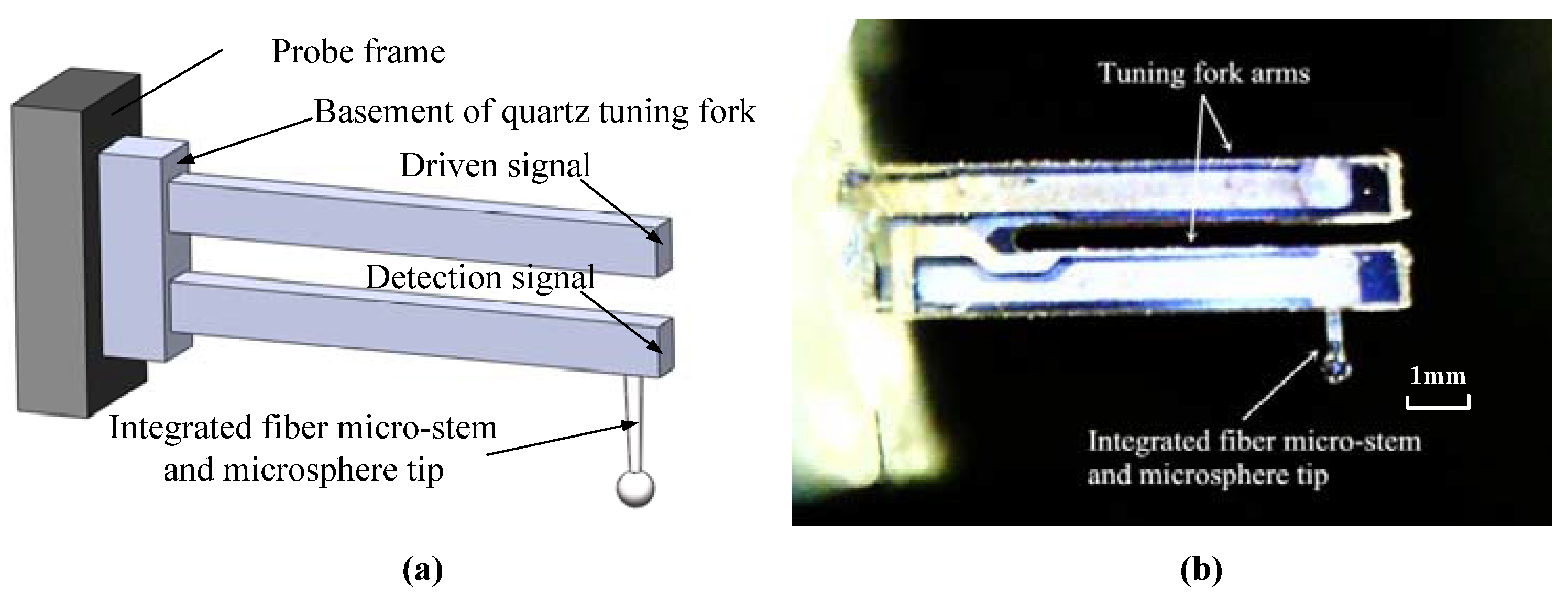
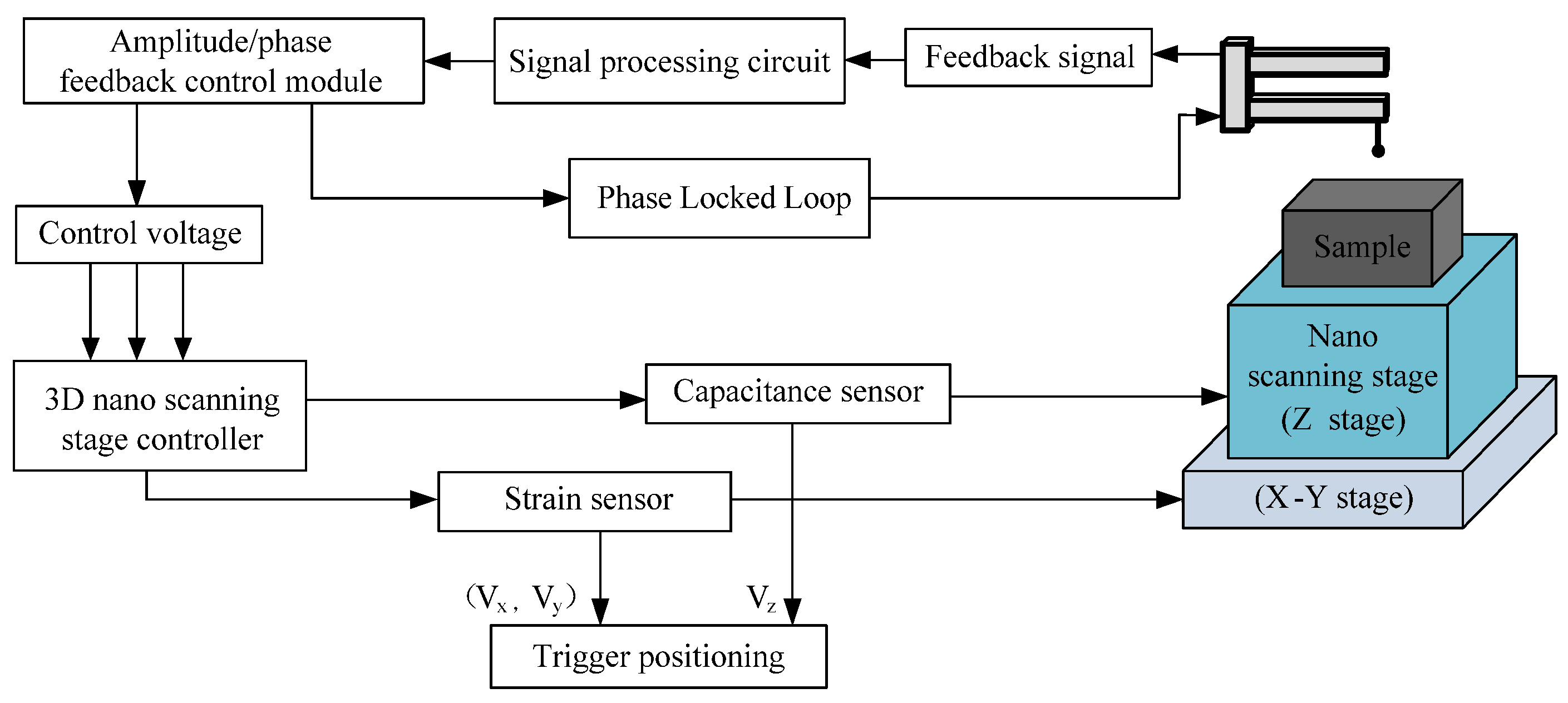
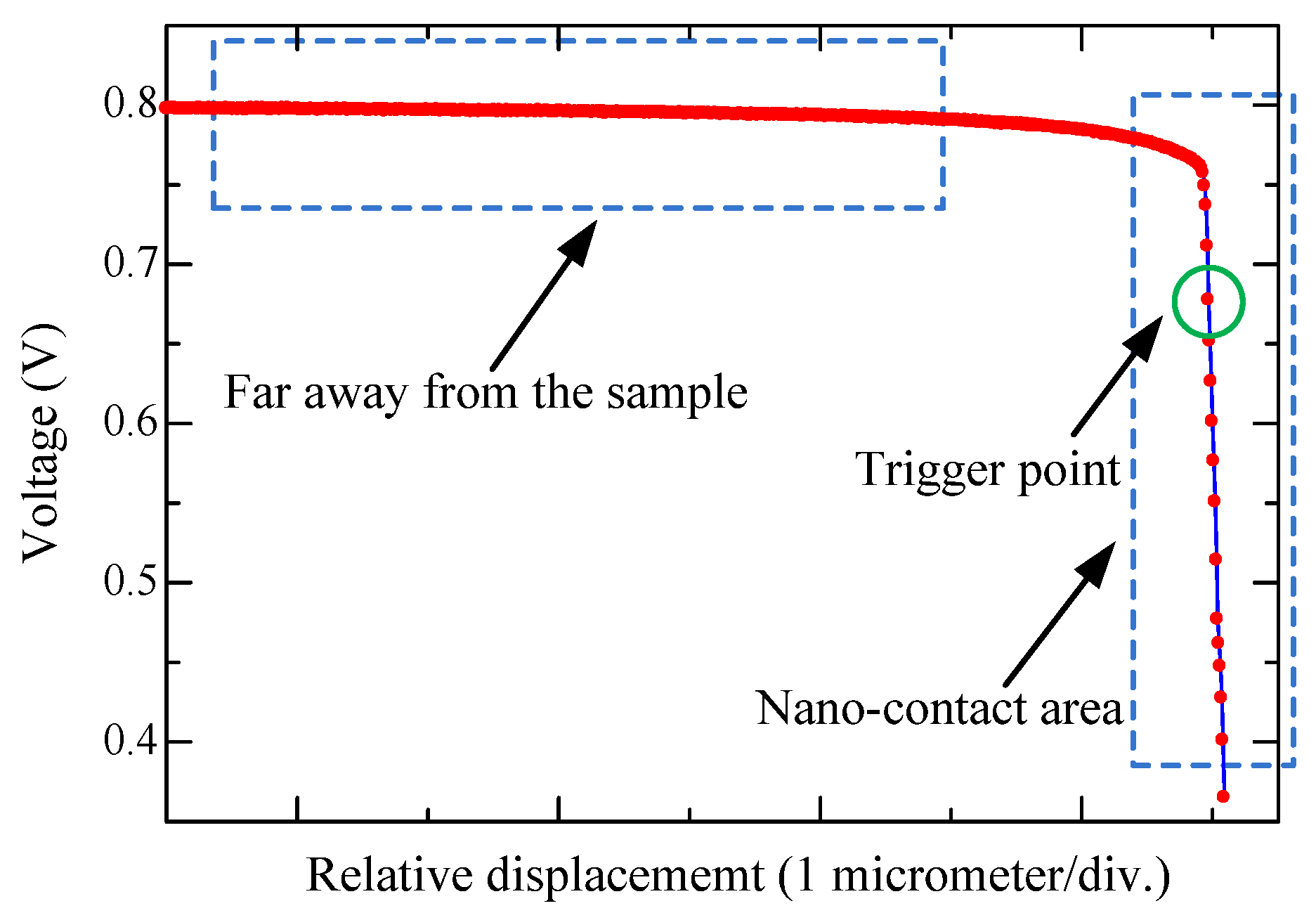
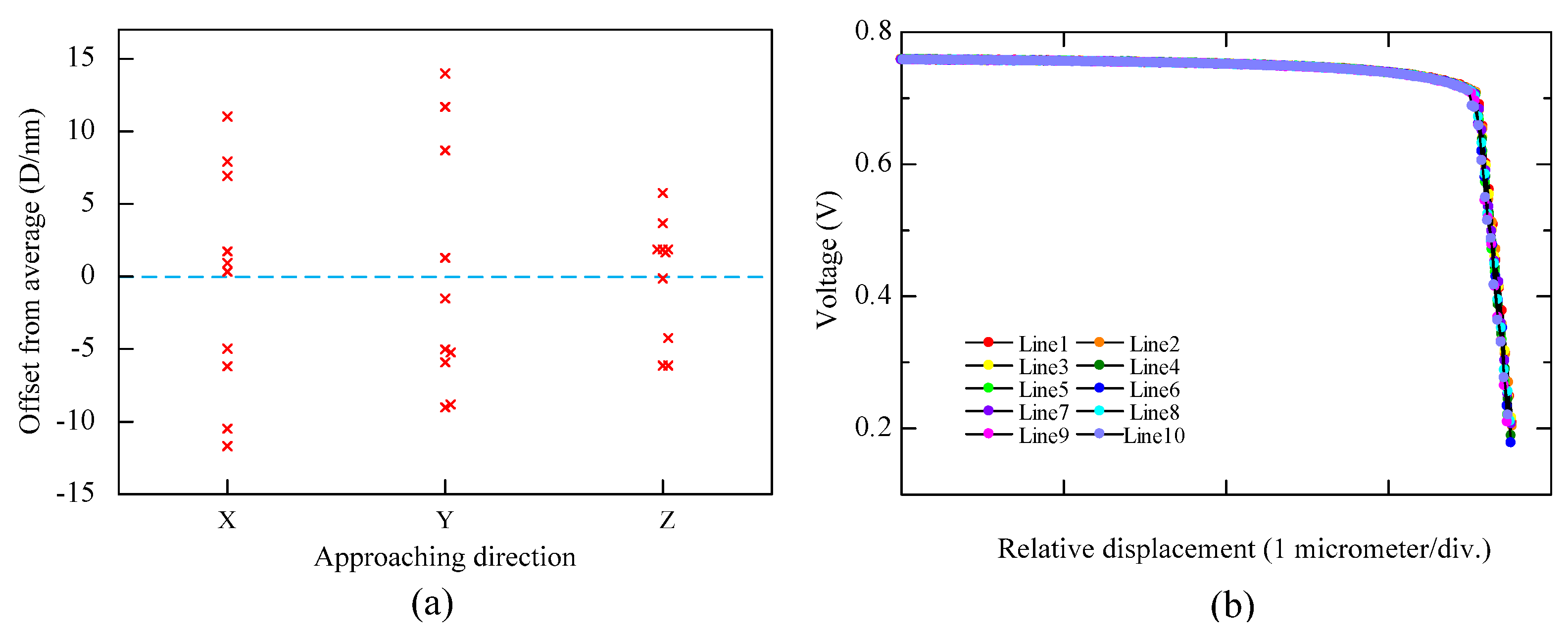
© 2017 by the authors. Licensee MDPI, Basel, Switzerland. This article is an open access article distributed under the terms and conditions of the Creative Commons Attribution (CC BY) license (http://creativecommons.org/licenses/by/4.0/).
Share and Cite
Huang, Q.; Chen, C.; Wu, K.; Zhang, L.; Li, R.; Fan, K.-C. A Three-Dimensional Resonant Triggering Probe for Micro-CMM. Appl. Sci. 2017, 7, 403. https://doi.org/10.3390/app7040403
Huang Q, Chen C, Wu K, Zhang L, Li R, Fan K-C. A Three-Dimensional Resonant Triggering Probe for Micro-CMM. Applied Sciences. 2017; 7(4):403. https://doi.org/10.3390/app7040403
Chicago/Turabian StyleHuang, Qiangxian, Chen Chen, Kui Wu, Liansheng Zhang, Ruijun Li, and Kuang-Chao Fan. 2017. "A Three-Dimensional Resonant Triggering Probe for Micro-CMM" Applied Sciences 7, no. 4: 403. https://doi.org/10.3390/app7040403





